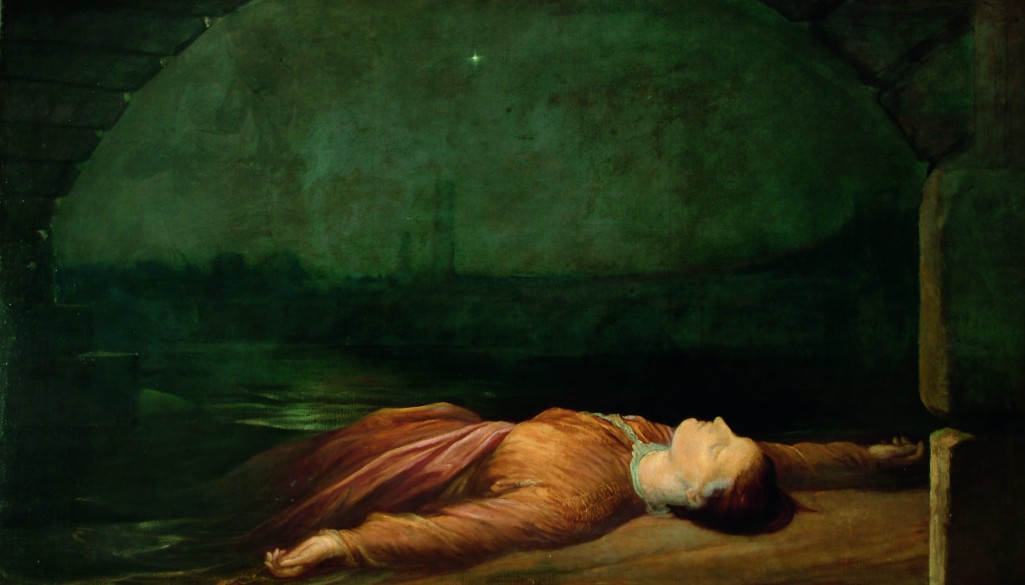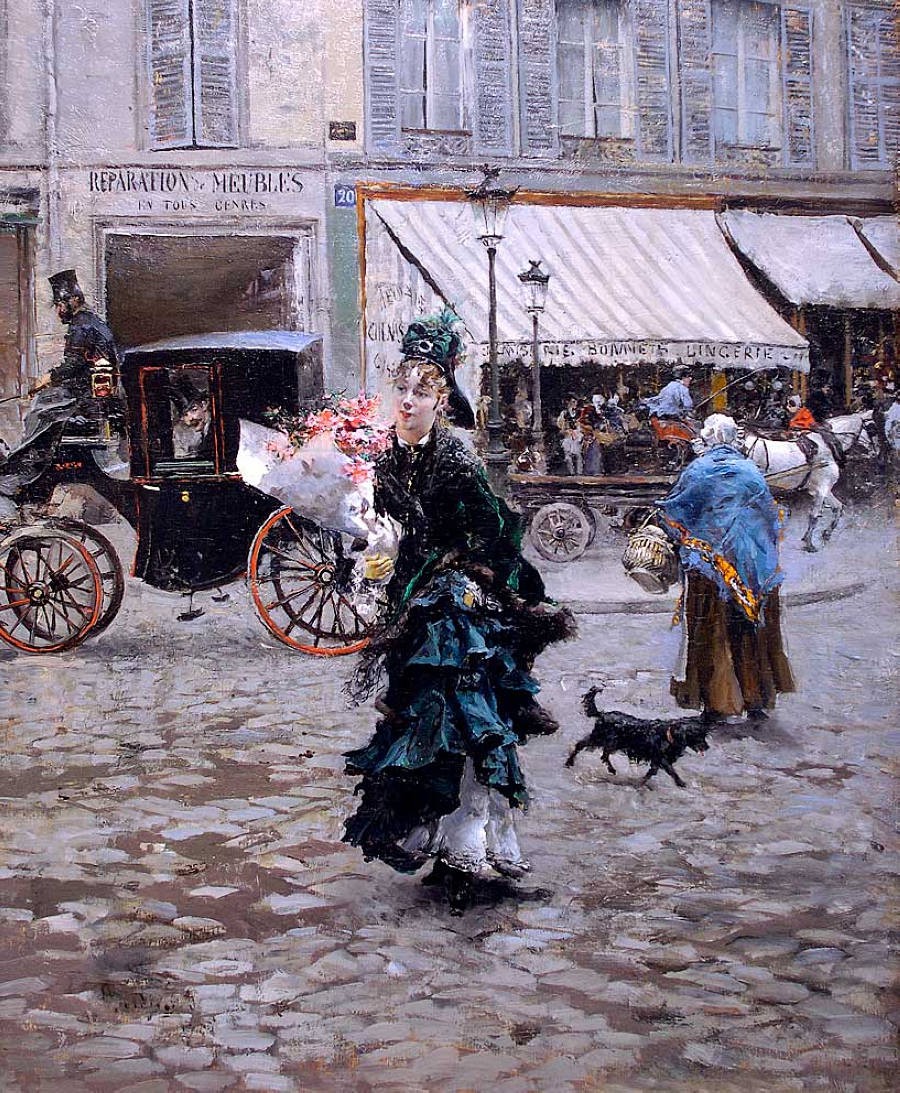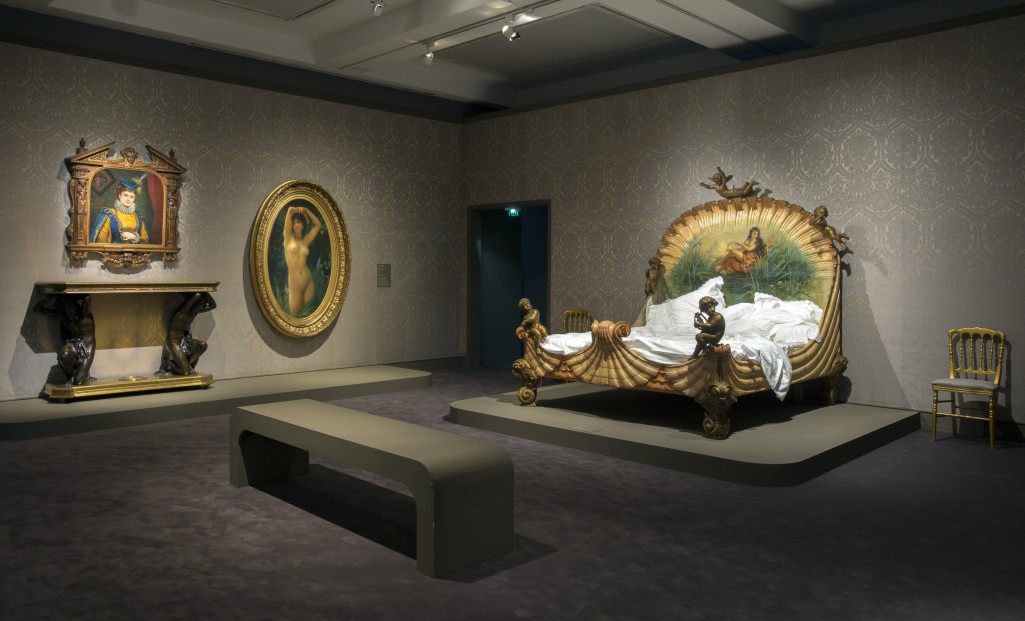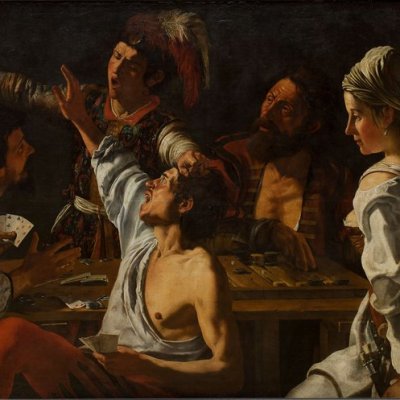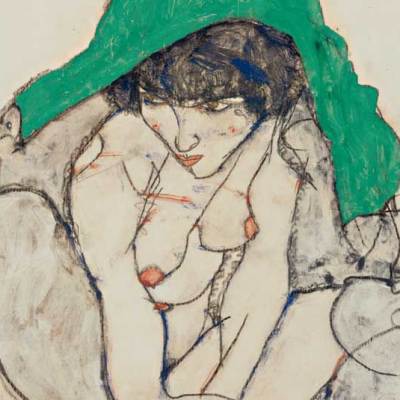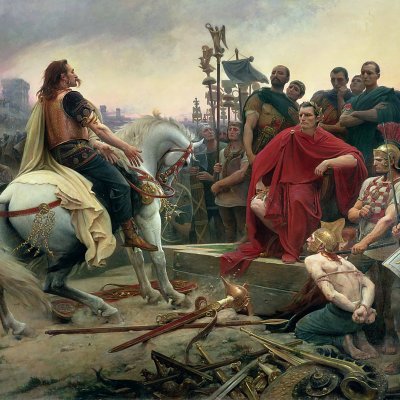From the December issue of Apollo: preview and subscribe here
Prostitution is not a subject like any other subject in art. It is not a genre, like portraiture or landscape; it poses different kinds of questions that are necessarily challenging and that continue to be relevant in the 21st century. And exhibitions about prostitution involve certain ethical considerations, on the part of both curators and visitors, that do not apply to other museum shows. Take ‘Splendour and Misery’ (until 17 January 2016) at the Musée d’Orsay, Paris, which is a big – in fact, a very, very big – exhibition on the representation of prostitution in French art in the second half of the 19th century and the first decade of the 20th century. In this case size does matter, because these are not easy or straightforward images that can readily be assimilated into the history of art, or the history of stylistic movements, or canons of artistic beauty; they trouble and discomfort the viewer, and gallery after gallery of them can prove to be just too much. If the curatorial aim of such an exhibition is to demonstrate the quantity of such images, then the point is well made, but if it is to interrogate them, to discover what they tell us about sexual, moral and artistic attitudes in the period and in our own, then perhaps less would be more.
I have been occupied with these issues over the last 18 months, while curating an exhibition called ‘The Fallen Woman’ (until 3 January 2016) at the Foundling Museum in London. This is a small exhibition that brings together Victorian paintings, prints and photographic images with materials relating to the period from the archive of the Foundling Hospital. These documents tell the stories of the unmarried women who applied to have their babies accepted into the Hospital; they describe in detail the desperate circumstances of their unwanted pregnancies, often involving violent assault, rape, false promises and abandonment. After a woman had submitted her forms to the Hospital, she had to attend a compulsory interview in front of an all-male board of governors, and her stories and references were checked meticulously by the Hospital Inquirer – all processes that generated archival material. Finally, the board decided whether the case was deserving or not; whether the woman, relieved of the financial responsibility for bringing up her baby, might be expected to return to respectable society. Ultimately, it was a judgement about the mother, rather than the baby.
These documents are exhibited at the Foundling Hospital alongside images that rework, aestheticise and popularise the themes surrounding the fallen woman. The paintings are modern-life narratives by artists such as Richard Redgrave, Frederick Walker, and Dante Gabriel Rossetti, painted in a realist style, usually detailed and highly finished. For the viewer, their pleasures are multifold, including the pleasure of decoding the story and of having moral and social values confirmed; the pleasure of voyeurism or titillation can also not be ruled out. From the beginning, it was my intention that the ‘voices’ of the Foundling Hospital mothers should disturb or interrupt any unitary experience of the display as just another art exhibition, and that the particular nature of the content should be acknowledged in the galleries. This was addressed, in part, by commissioning a sound installation from the musician and composer Steve Lewinson, which fills the space with the words of the women and other sounds such as the scratching of a pen on paper, unsettling any straightforward visual consumption of the objects as things belonging to the past and detached from our own world.
It was with great interest, then, that I visited the Musée d’Orsay to see how this challenging subject has been tackled by other curators. The exhibition in Paris is an enormous curatorial feat, bringing together some of the best-known 19th-century French paintings, as well as others that are more obscure. The works of Manet, Tissot, Toulouse-Lautrec, Degas, and Picasso hang next to canvases by less-familiar names such as Jean Béraud, Paul-Émile Boutigny and Ernest Ange Duez; and the works range widely in style from the experimental or avant-garde to more conventional academic compositions. There are nearly 300 exhibits in all and what brings them together, what charges them with an immense and troubling power is their subject matter: prostitution.
The general organisation of the exhibition approximates the ways in which prostitution was classified in France throughout the 19th century, with sections focusing on the different urban spaces in which the various categories of registered and unregistered prostitute might work. In both France and Britain, prostitution was regarded as a serious social and moral problem created by large new cities but, whereas in Paris it was legally regulated and policed, in London and other British cities it was not controlled by the law until the Contagious Diseases Acts were introduced to certain naval and garrison towns in the 1860s. In Paris, women were classified either as filles de maison, who were registered with the police and worked in specific brothels (maisons de tolérance) and were subject to regular medical inspections; filles en carte, who were also registered but worked independently; and filles insoumises, who worked outside the legal system of registration and inspection. Prostitution was, and continues to be difficult to define; it reaches across legal, social, moral and economic categories. In Britain the prevailing religious and moral ideology determined that a single fall from virtue led inevitably to further immorality, and to an all-too-brief life of prostitution; the work of the Foundling Hospital was intended to prevent this happening by giving deserving unmarried mothers the opportunity to return to respectable society. In France, the registration system was similarly an attempt to separate respectable women from the non-respectable; the honest from the venal. There was little sense in either country that prostitution might be a transitory state for women, dictated by periods of economic need, rather than a permanent (and irreversible) sexual and moral identity.
The conditions of modern urban life made these efforts to classify and differentiate more difficult, however. Many women from different social classes now worked or travelled alone in the city, and new, rapidly changing styles of fashion meant that both respectable and fallen women wore make-up and modish dresses. In spite of myriad attempts by doctors, police, clerics and others, women in the 19th-century city could not be distinguished by their dress and appearance; moral identities were unclear and mistakes could be made. The first galleries of ‘Splendour and Misery’ display images of ‘Ambiguity’, featuring those women on the city streets whose identities could not be easily ascertained: pedestrians; shoppers; workers; drinkers; and dancers, who might – or might not – also be prostitutes. In these canvases, the artists revel in insinuation, in simultaneously masking and exposing women’s identities. Giovanni Boldini’s Crossing the Street (1873–75) shows a well-dressed woman holding a large bouquet of flowers and crossing a city street. She lifts her skirt to avoid the dirt, but surely she lifts it too high, and is deliberately flaunting that white petticoat and those ankle boots? A man in a passing carriage leans forward to look at her and, as in so many of these paintings, it is the gaze and demeanour of the male figure that suggest he believes the woman to be sexually available.
French controls regulated not only where, but also when women could work as prostitutes. At night, registered prostitutes were allowed to work in specified parts of the city – but the night was also the setting for the most spectacular elements of the modern metropolis, with its novel spaces and forms of entertainment, its gaslights and its fashion that turned artifice and consumption into a new way of life. Within the section on ‘Ambiguity’, there is a group of paintings depicting the city at night. Here are the great works showing modern urban entertainment: Manet’s Masked Ball at the Opera (1873); Degas’ pastels of ballet dancers and Toulouse-Lautrec’s Moulin de la Galette (1889). In Béraud’s The Boulevard Montmartre, at Night, in Front of the Théâtre des Variétés (c. 1882), a smart crowd is shown in a fashionable location. Slightly isolated from the other figures, a woman in a fur-trimmed coat looks out of the painting towards the viewer. A group of bourgeois men form a semi-circle around her, looking, commenting, appraising: she is a commodity and modern Paris is her marketplace. As Richard Thomson, co-curator of the exhibition (with Marie Robert, Isolde Pludermacher and Nienke Bakker), notes in his catalogue essay: ‘prostitution was played out, either in the brothel with games of discretion or display, or on the streets with the “is she/ isn’t she, will she/ won’t she?” involved in the nuanced exchange, glimpse and gesture between the fille insoumise and her potential client.’
This is a form of titillating fantasy, however, that the exhibition visitor can also easily be drawn into, and that the display seems at various points to encourage – particularly as the exhibition moves on to examine images set inside brothels. The walls of the entire exhibition are painted a deep, dark red – a choice that might usefully be debated – but as the theme turns away from the streets, the space of the gallery becomes increasingly conflated with the space of a brothel. The centre of one large room is occupied by a four-sided sofa of grand proportions, with deep padding and red buttoned upholstery – a quote from Toulouse-Lautrec’s brothel scenes and other canvases of brothel interiors. The well in the middle of the sofa houses glass cases for the display of archive materials, but at the very centre is a flower arrangement from a brothel that was located at 73 Boulevard Haussmann. As the visitor sits and looks, they vicariously share the experience of the brothel client who sits and waits for a prostitute.
This insinuation of the exhibition visitor into the experience of the 19th-century brothel is made elsewhere in the display. A register of demi-mondaines is shown in a glass case against a crumpled layer of dark-red damask fabric that sexualises the content and turns an archival document into a salacious piece of eroticism. An elaborate carved bed made for the expensive home of a courtesan is shown with rumpled sheets and pillows (Fig. 4), as if… as if she has just had sex? There is a large collection of explicit photographic material, separated from the rest of the display with access only permitted to over-18s. While this is the usual way for galleries to handle sexually explicit material, access to these areas is gained via thick, long, dark-red velvet curtains through which the visitor has to fumble to find the opening. It seems unnecessary, and panders to the cheapest response to the material to use these devices; the nature of the material is evident without turning the space into a 19th-century pornographic theme park.
It was when looking at the pornographic stereo slides, photographs and films, that the key issues relating to this exhibition as a whole struck home. Firstly, 19th-century pornography is relentless in its conventionality and ugliness. Tired, pale female and male bodies in sexual poses and acts that surprise, arouse, embarrass (particularly in an art gallery) and amuse. In nearly every one of the many images in this section the women, regardless of the pose they are in, look out of the frame at the viewer. Their faces are often blank, matter-of-fact, indifferent, awkward; they rarely smile or express emotion, they are just present in the image, a body that carries out or is subjected to sexual acts. Pornography reveals the conditions of production of sex work in the 19th century. This gaze out of the image towards the viewer can be seen everywhere in ‘Splendour and Misery’, in the face in Ernest Ange Duez’s Splendour (1874) or Madame de Loynes, Amaury-Duval’s 1862 portrait of the former courtesan Marie-Anne Detourbay. In all cases, the viewer is allowed to believe, this could be you, I could be yours; the possibility of sex seeps out of the picture frame and permeates the gallery. While prostitution is the subject matter of all the images, female objectification is their shared meaning and purpose. Furthermore, there are no works by women in the exhibition; it would have been very difficult for a woman artist in this period to have chosen the subject for a publicly exhibited work of art. As a result, by the final gallery and the studies by Picasso for Les Demoiselles d’Avignon, one feels the inescapable weight of a man’s point of view, and of art as the expression of particular male fantasies.
‘Splendour and Misery’ does offer valuable glimpses of the material reality of 19th-century prostitution. Included in the ‘brothel sofa’ display case are the business cards of prostitutes, advertising Swedish and Russian massages and speciality dances, all hygienic. There are names – Madame Melleville, Valentine D’Askin, Madame Durand – which are perhaps assumed rather than real, but which are nevertheless traces of actual lives spent selling sex. It is curious to wonder when we will feel sufficiently detached from the cards left in public phone booths in our own cities, to be able to display them in an art exhibition; it demands a level of distance and disengagement to look at them as aesthetic objects or as historical context.
One of the most interesting themes here is the interface of prostitution and art. It was a relationship that progressive writers in the 19th century liked to promote. Hence Charles Baudelaire asked: ‘What is art? Prostitution.’ The figure of the prostitute was a cipher for a certain version of modernity, which emphasised the transitory nature of modern life, the loss of permanent values, and the transformation of emotional relationships into economic exchange. It was romantic and melancholy, and it was a fantasy. Little wonder that vanguard artists such as Van Gogh liked to compare the image of the artist with the figure of the prostitute – both misused and misunderstood by bourgeois society. But there is almost no interest here in the lived realities of prostitution, only in their pictorial and imaginative potential. ‘Splendour and Misery’ explores the connections between selling sex and selling art, between the brothel and the studio, but in the process it introduces a third element, the art gallery and the exhibition visitor. In conflating the gallery and the brothel the exhibition becomes, at times, uncomfortably voyeuristic and prurient; it is a position that curators and visitors should resist.
